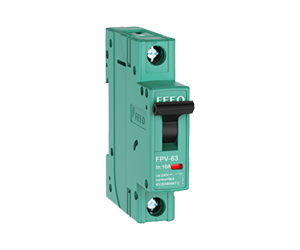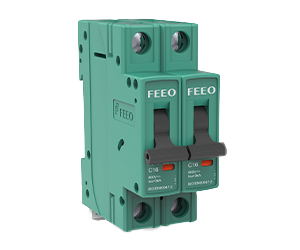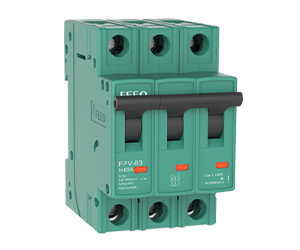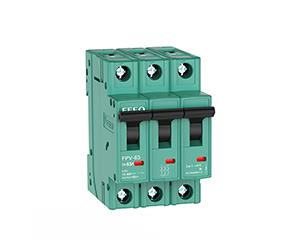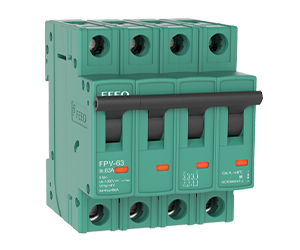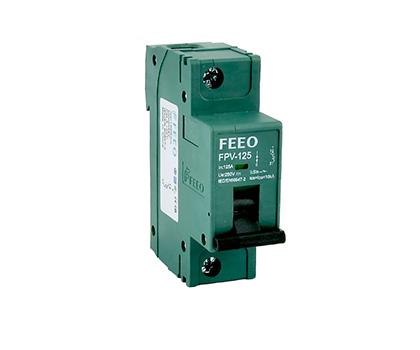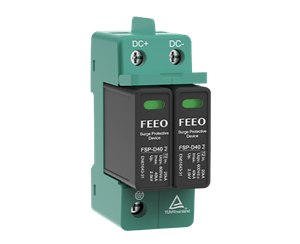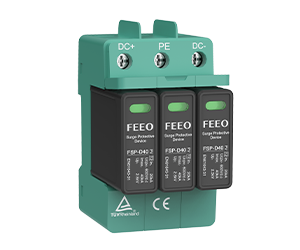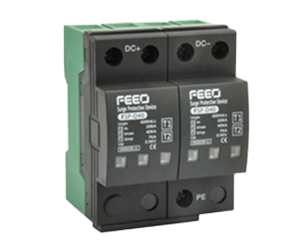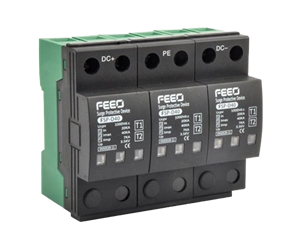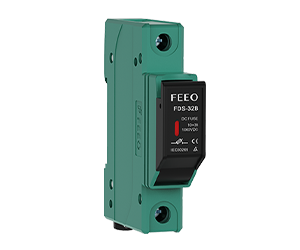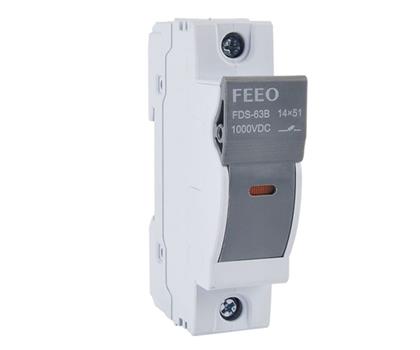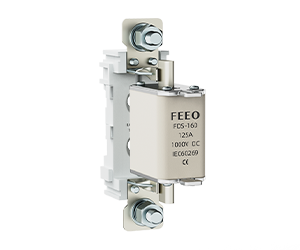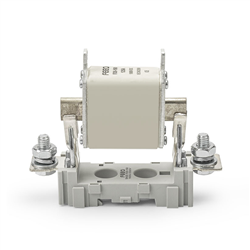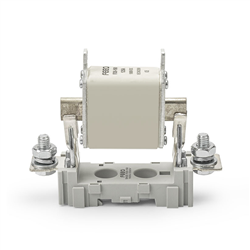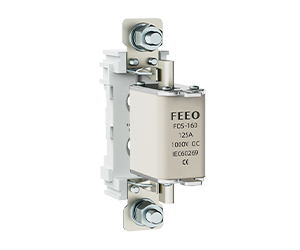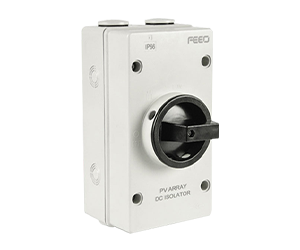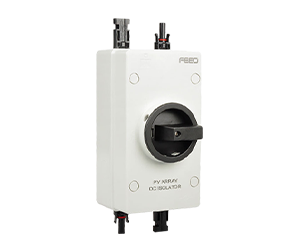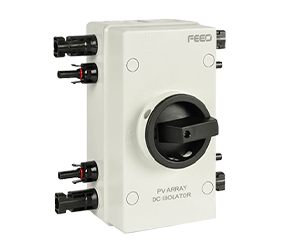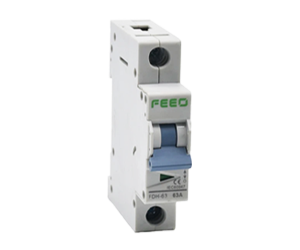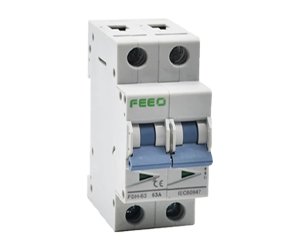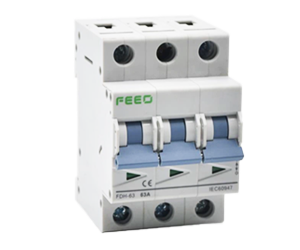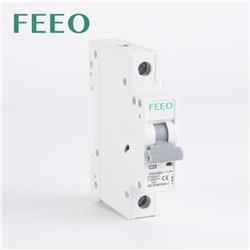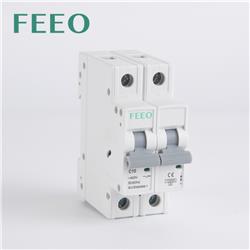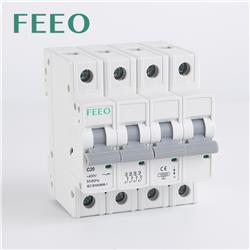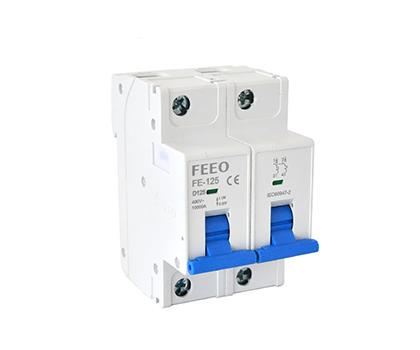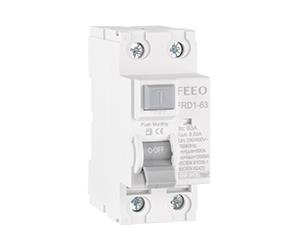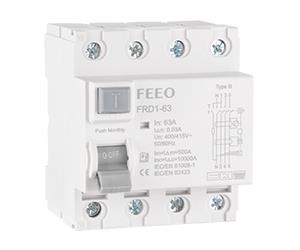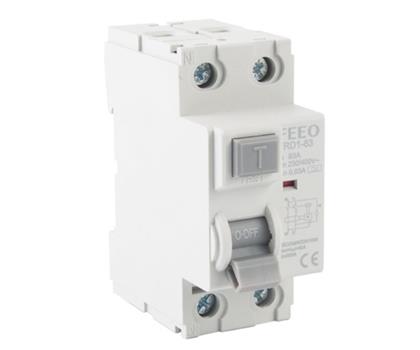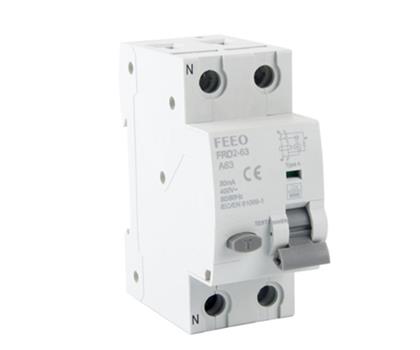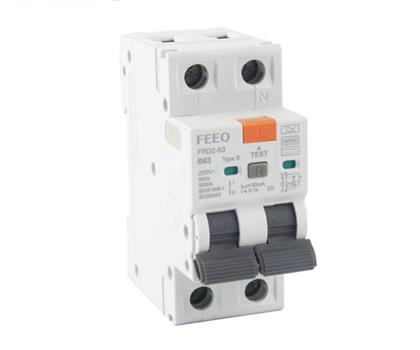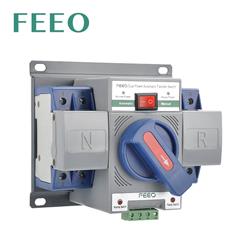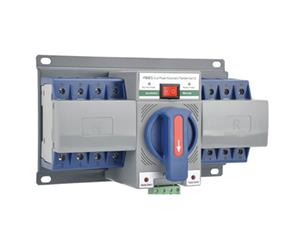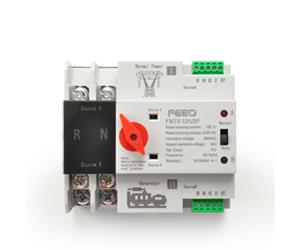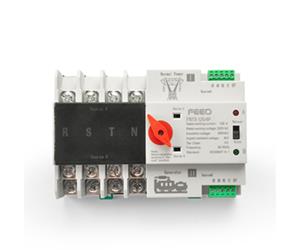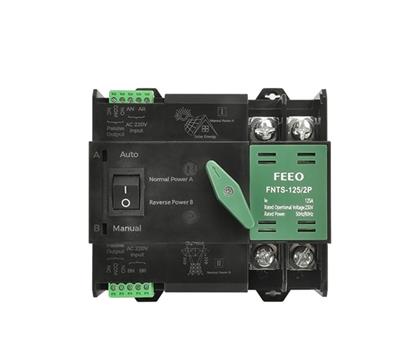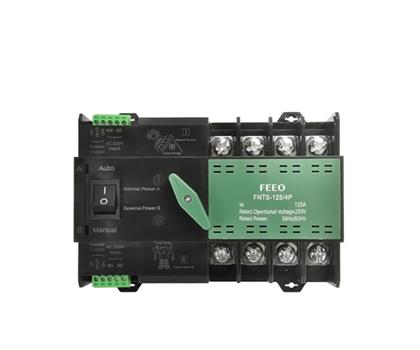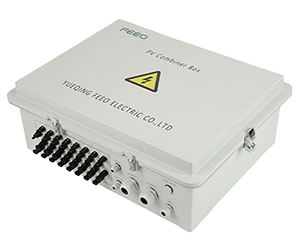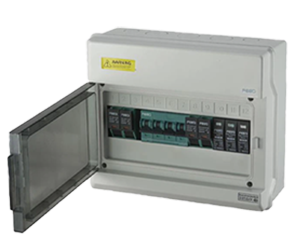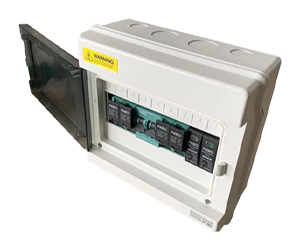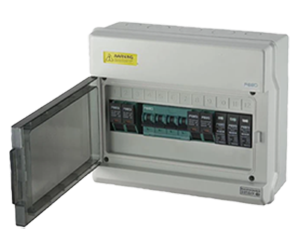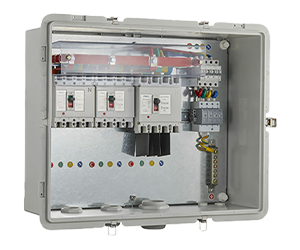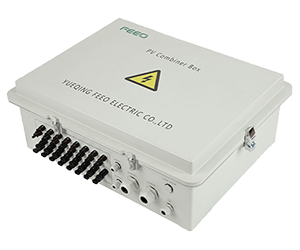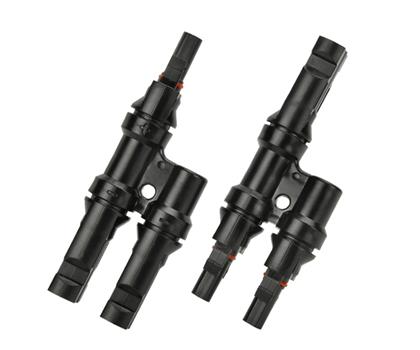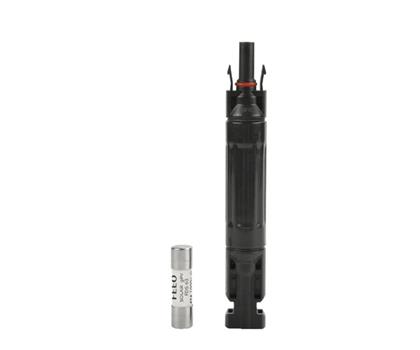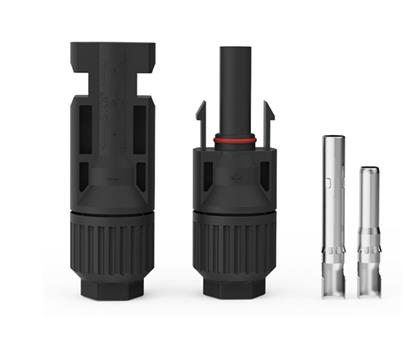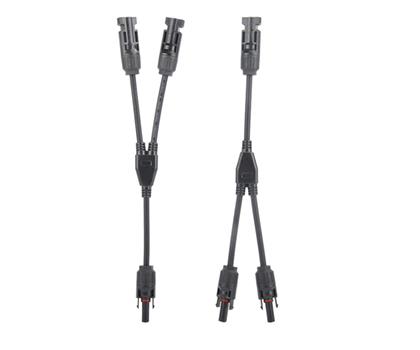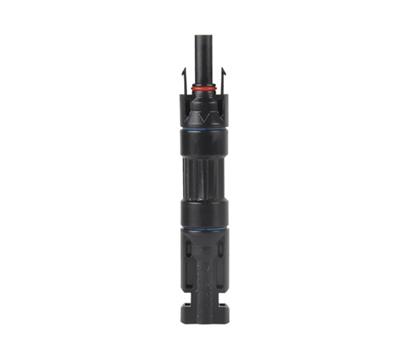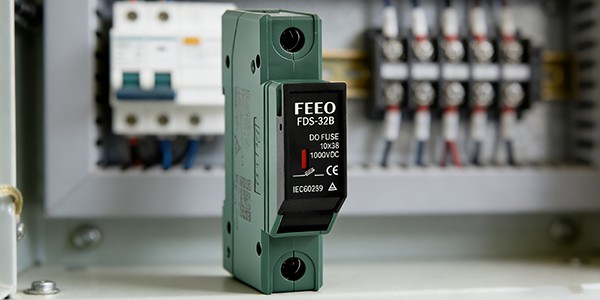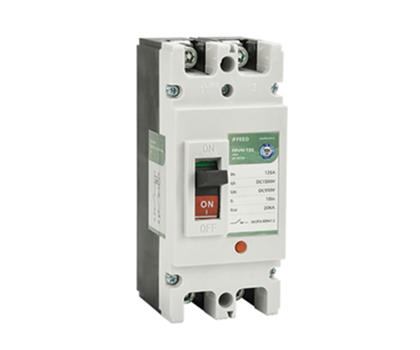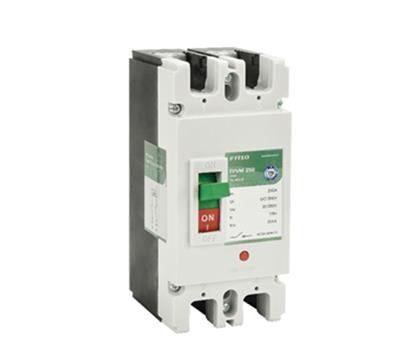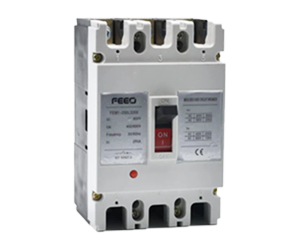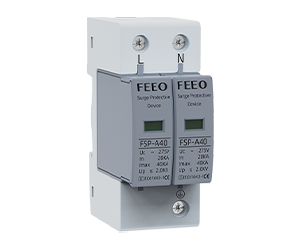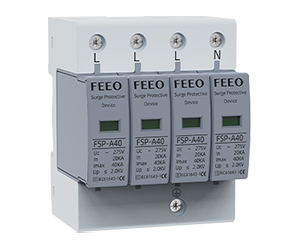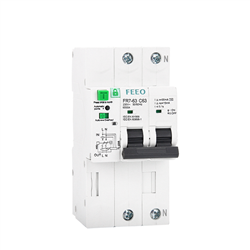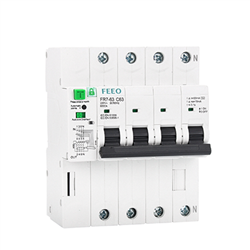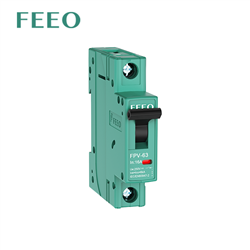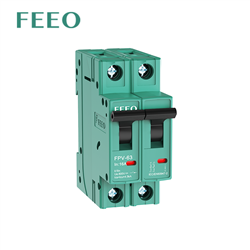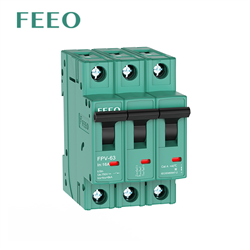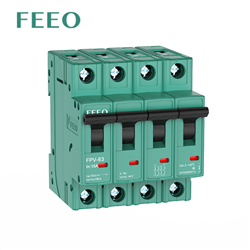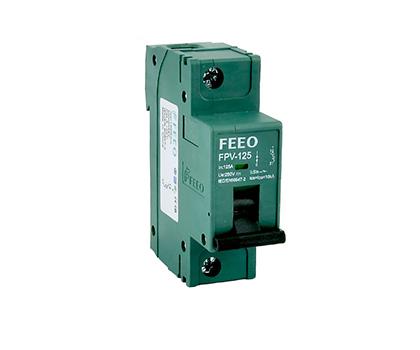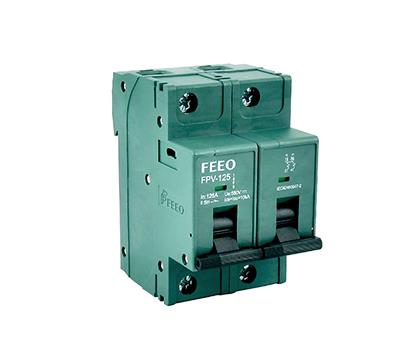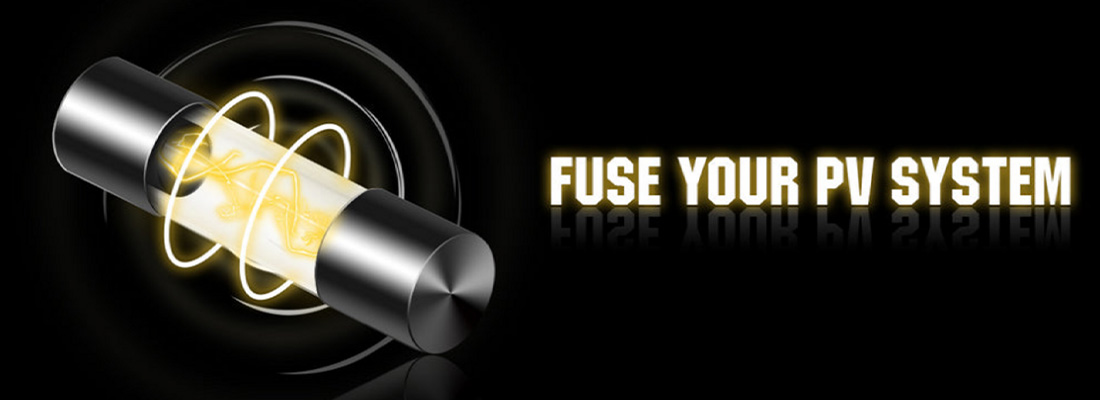
History of Fuses
The origins of fuses can be traced back to the field of electrical engineering in the early 19th century. At that time, people began to realize that excessive current could damage circuits and equipment or cause fires. To solve this problem, they started looking for a device that could automatically cut off the current.
Around 1864, people began to use fusible wires or thin plates as electrical protection devices. These wires or plates could melt when the current was too large, preventing the flow of current, thereby protecting circuits and equipment.
In 1890, Thomas Edison obtained a patent for the electrical fuse, marking the birth of the fuse as a common electrical protection device. Edison's patent described a fuse design based on lead wire.
In the second half of the 20th century, with the advancement of electronic technology, the design of fuses became more precise and reliable. Modern fuses can be customized according to current characteristics, time characteristics, and breaking capacity requirements to provide more efficient and accurate electrical protection.
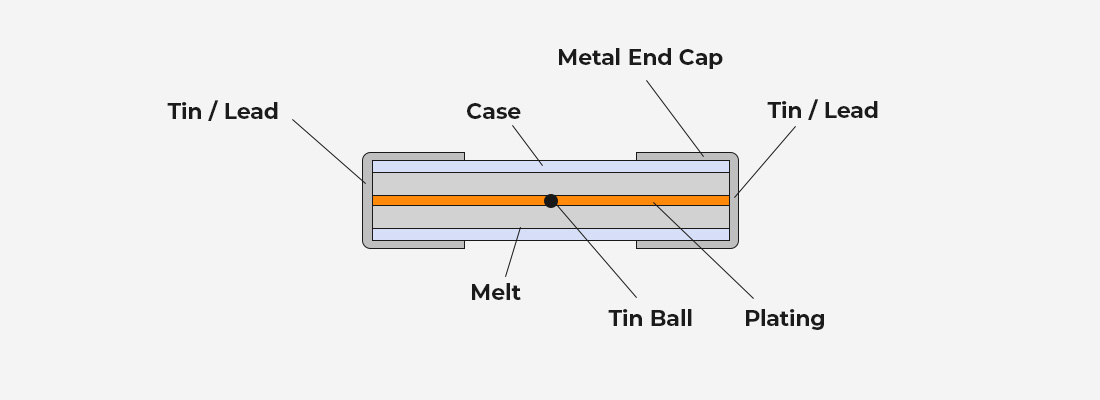
Fuse Structure
The basic structure of a fuse usually includes the following main parts:
Fuse Wire: The fuse wire is the core part of the fuse which is responsible for disconnecting the circuit when there's an overload current. It's usually made of metal or alloy wire, with a lower melting point and higher resistance. When the current exceeds the rated current of the fuse, the fuse wire will melt due to overheating, cutting off the circuit.
Fuse Holder: The fuse holder is the component that installs and fixes the fuse wire, usually made of insulating material. It provides support and connection for the fuse, while protecting the operator from the risk of electric shock.
Fuse Cap: The fuse cap is a protective cover located at the top of the fuse to protect the fuse from the external environment and prevent the risk of electric shock when touching electrical components.
Fuse Base: The fuse base is the connector of the fuse, usually located in the circuit. It provides an interface for inserting and removing the fuse and ensures a good electrical connection.
Fuse Indicator: Some fuse devices may be equipped with a fuse indicator to show whether the fuse is working properly. When the fuse melts, the indicator will send a signal, prompting the need to replace the fuse.
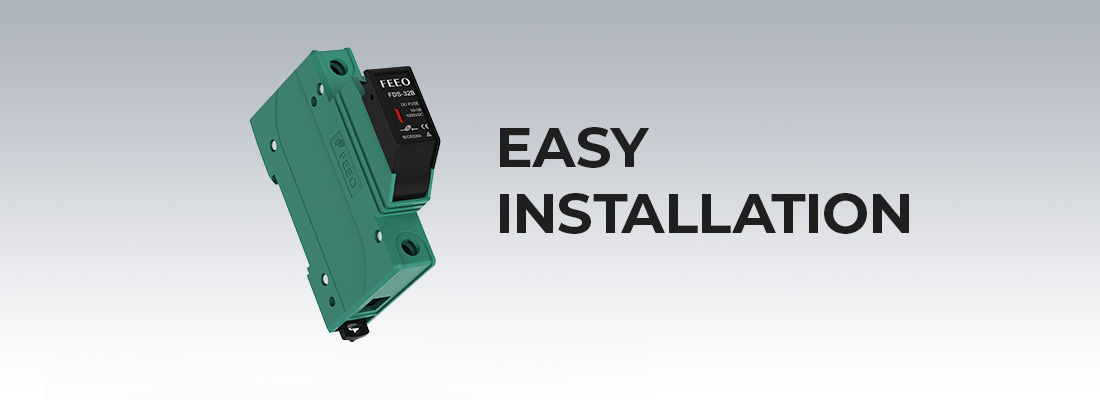
Fuse Characteristics
Rated Voltage: The rated voltage of the fuse determines its ability to suppress arcs after opening. When choosing a fuse, its rated voltage must be at least as large as the voltage source of the circuit it is protecting. Generally, the rated voltage of a fuse for low voltage systems ranges from 125 V to 600 V.
Rated Current: All fuses have a rated current, which represents the maximum current that the fuse can safely carry. Typically, the rated current of the fuse should not exceed the current carrying capacity of the wire in the circuit. For example, if the rated current of the wire is 15 A, the size of the fuse should not exceed 15 A. The rated current of a fuse ranges from a fraction of an ampere to several thousand amperes.
Interrupt Rating: The interrupt rating is the maximum current that the fuse can safely interrupt without bursting or arcing. When a short circuit occurs, high-energy destruction occurs. The interrupt rating indicates the high current conditions that the fuse can safely interrupt. The interrupt rating of most modern fuses is in the hundreds of thousands of amperes.

Comparison of Fuses and Circuit Breakers
When we talk about fuses and circuit breakers, they're like the guardians of the circuit, protecting the circuit from problems like overload and short circuits. Although their goals are the same, they have some differences in their working principles, characteristics, and applications.
Fuses are simple and reliable devices that protect circuits by heating and melting, characterized by quick response. They are economical and widely applicable to various circuit applications. However, fuses need to be replaced manually, cannot adjust the rated current, and do not have a clear fault indication when melting, requiring inspection.
Circuit breakers are intelligent switches that protect circuits through electromagnetic force and contact switches. They are reusable, can be manually or automatically reset, and do not need to be replaced. Circuit breakers usually have a fault indication function, indicating whether overload protection has been triggered. In addition, circuit breakers have adjustable rated current settings, are more flexible, and adapt to different current needs.
In conclusion, fuses are suitable for simple circuit protection, economical, but require manual replacement and inspection. Circuit breakers have the advantages of reusability, flexible adjustment, and fault indication, and are suitable for a variety of current ranges and application scenarios. Choosing the right device depends on the specific circuit needs and safety requirements.
